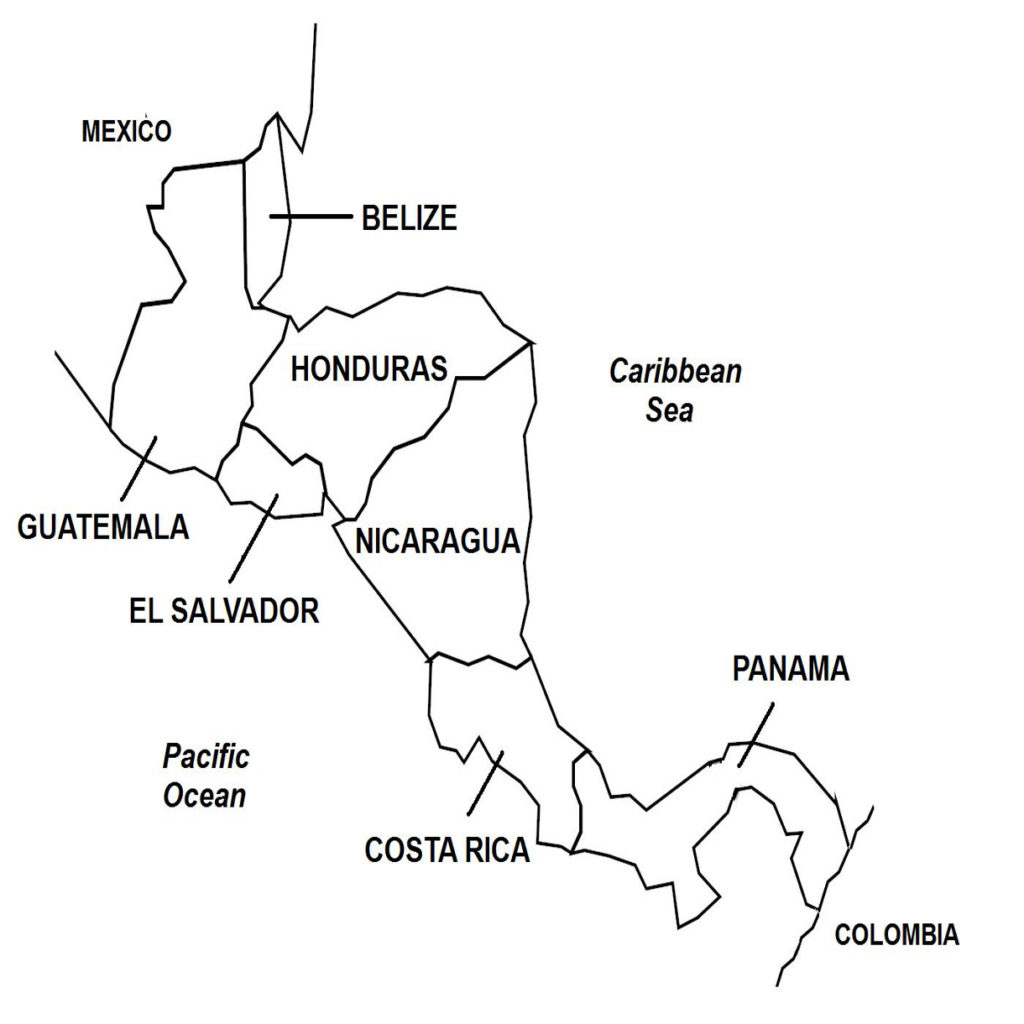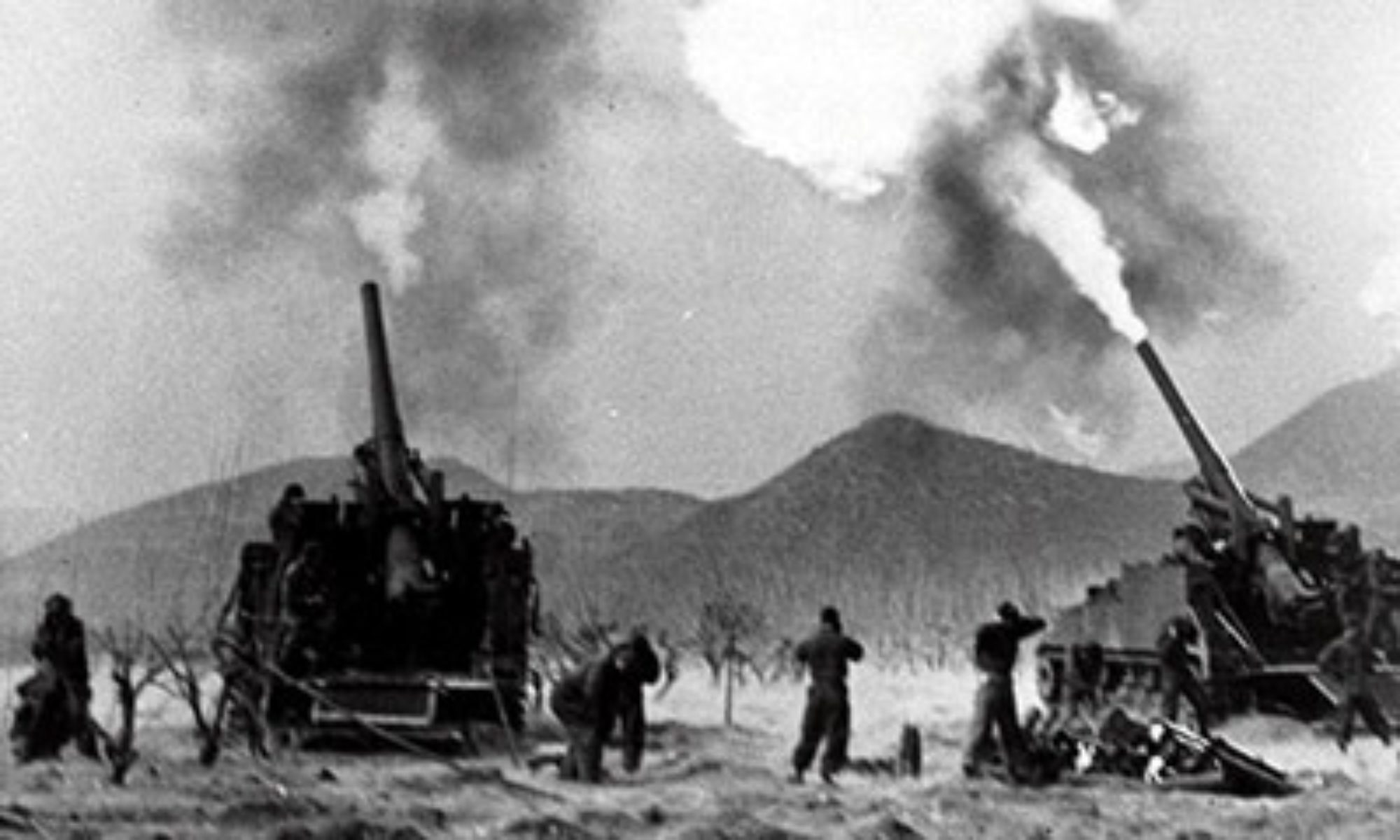On December 8, 1936, Anastacio Somoza was elected president of Nicaragua, winning an implausible 99.83% of the votes. Somoza then ruled the country as a dictator or through figureheads under his control, and gained all aspects of government. Over time, he accumulated massive wealth and owned the biggest landholdings in the country. His many personal and family businesses extended into the shipping and airlines industries, agricultural plantations and cattle ranches, sugar mills, and wine manufacturing. President Somoza took bribes from foreign corporations which he had granted mining concessions in the country, and also benefited from local illicit operations such as unregistered gambling, organized prostitution, and illegal wine production.

President Somoza suppressed all forms of opposition with the use of the National Guard, Nicaragua’s police force, which had turned the country into a militarized state. President Somoza was staunchly anti-communist and received strong military and financial support from the United States, which was willing to take Nicaragua’s repressive government as an ally in the ongoing Cold War.
Somoza’s rise to power began in 1933 as Director of the National Guard. He had ordered the assassination of left-wing nationalist Augusto Sandino who had waged a long guerrilla war against the Nicaraguan government, and United States Marines which had occupied the country since 1912. Thereafter, Somoza’s power and influence grew, leading to his deposing President Juan Batista Sacasa in June 1936 and installing a puppet head of state leading up to his own election as president in December 1936.
(Taken from United States Occupation of Nicaragua, 1912- 1933 – Wars of the 20th Century – Volume 1)
Background In many instances, Nicaragua’s political troubles prompted American intervention, such as those that occurred in 1847, 1894, 1896, 1898, and 1899, when U.S. forces were landed in that Central American country. These occupations were brief, with American troops withdrawing once order had been restored, although U.S. Navy ships kept a permanent watch throughout the Central American coastline. The officially stated reasons given by the United States for intervening in Nicaragua was to protect American lives and American commercial interests in Central America. In some cases, however, the Americans wanted to give a decided advantage to one side of Nicaragua’s political conflict.
In 1912, the United States again intervened in Nicaragua, starting an occupation of the country that would last for over two decades and would leave a deep impact on the local population. The origin of the 1912 American occupation traces back to the early 1900s when Nicaragua, then led by the Liberals, offered the construction of the Nicaragua Canal to Germany and Japan. The Nicaragua Canal was planned to be a shipping waterway that connects the Pacific Ocean and the Atlantic Ocean through the Caribbean Sea.
The Liberals wanted less American involvement in Nicaragua’s internal affairs and therefore offered the waterway’s construction to other countries. Furthermore, the United States had decided to forgo its original plan to build the Nicaragua Canal in favor of completing the partly-finished Panama Canal (which had been abandoned by a French construction firm).
For the United States, however, the idea of another foreign power in the Western Hemisphere was anathema, as the U.S. government believed it had the exclusive rights to the region. The American policy of exclusivity in the Western Hemisphere was known as the Monroe Doctrine, set forth in 1823 by former U.S. president James Monroe. Furthermore, the United States believed that Nicaragua had ambitions in Central America and therefore viewed that country as a potential source of a wider conflict. U.S.-Nicaraguan relations deteriorated when two American saboteurs were executed by the Nicaraguan government. Consequently, the United States broke off diplomatic relations with Nicaragua.
In October 1909, Nicaraguan Conservatives, backed by some Liberals, carried out a rebellion against the government. The United States threw its support behind the rebels. Then when the rebellion spread, the United States sent warships to Nicaragua and subsequently, in December 1909, landed troops in Corinto and Bluefields (Map 23). More American forces arrived in May 1910.
In August 1910, Nicaragua’s ruling government collapsed, replaced by a U.S.-friendly administration consisting of Conservatives and Liberals. The United States bought out Nicaragua’s large foreign debt that had accumulated during the long period of instability. Consequently, Nicaragua owed the United States the amount of that debt, while the Americans’ stake was raised in that troubled country.
Then in 1912, Nicaragua’s ruling coalition broke down, sparking a civil war between the government and another alliance of Liberals and Conservatives. As the rebels gained ground and began to threaten Managua, Nicaragua’s capital, the United States landed troops in Corinto, Bluefields, and San Juan del Sur. At its peak, the U.S. troop deployment in Nicaragua totaled over 2,300 soldiers. Within a month of the deployment, in October 1912, the American troops, supported by Nicaraguan government forces, had defeated the rebels.
The United States tightened its control of Nicaragua in August 1914 when both countries signed an agreement whereby the Americans gained exclusive rights to construct the Nicaragua Canal, as well as to establish military bases to protect it. The U.S.-Nicaragua treaty mostly served as a deterrent against other foreign involvement in Nicaragua, since by this time, the Americans already were operating the Panama Canal nearby.
The U.S. Army’s presence in Nicaragua from 1912 to 1925 brought peace in that Central American country. At the Nicaraguan government’s request, the U.S. Army helped to organize Nicaragua’s armed forces and police forces (collectively called the National Guard) to eliminate the many private militias and other armed groups that local politicians were using to advance their personal interests. After the National Guard was formed, the United States withdrew its forces from Nicaragua. Nine months later, however, in-fighting among Conservatives led to the overthrow of the incumbent president, again prompting the United States to redeploy its military forces in Nicaragua to stop the disturbance from spreading.
Peace and order was restored once more, and a new Conservative government came to power. The Conservatives’ authority was challenged by the Liberals, however, who formed their own government. Fighting soon broke out between the rival political parties, which rapidly escalated into a civil war. Once more, the United States intervened and restored peace after threatening to use military force against the Liberals. In the peace treaty that followed, the Conservatives and Liberals agreed to two stipulations: that the Conservative government would complete its term of office before new elections were held; and that all remaining private militias and armed groups would be disbanded and subsequently incorporated into the government forces to form an expanded, non-partisan National Guard.
